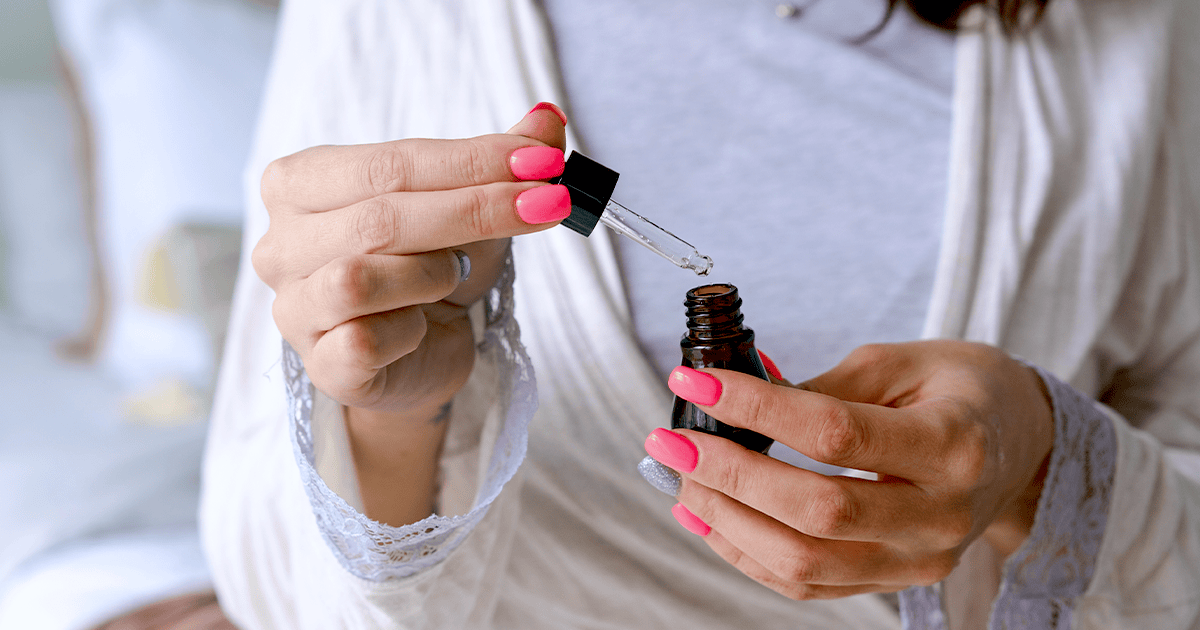Staying social and connecting with friends, family and colleagues is a key part of good health. Sadly however, for 51% of us, back pain is getting in the way of socialising as these Brits admitted they are less likely to out and socialise when suffering from back pain.
The latest research by mindyourbackuk.com – backed by Mentholatum,[1] makers of a range of evidence-based topical muscle and joint products, also found that 41% of Brits have missed out on exercise and 30% have missed out on walking, because of back pain.
The mindyourbackuk.com real-world research is an eye-opener into the lives of so many people who are suffering day after day with back aches and pains.
Physiotherapist and part of the mindyourbackuk.com expert hub, Sammy Margo notes: “Chronic back pain doesn’t just affect us physically.
Living with continual discomfort, and in some cases, agony is bound to take its toll on our mental health. Plus, if we’re less likely to go out and socialise when we’re suffering from back pain, then it will affect us mentally even more, as it’s well known that socialising is key to good mental health.”
Plus, nearly half of Brits have to take time off work due to the pain. For those who work in an office, this means less time around others and even less time socialising and connecting.
Is back pain ruining your social life?
Rather than turning to painkillers, Follow Mind Your Back’s five simple self-care S.T.E.P.S. to help ease pain and show your spine plenty of love.
STRETCH
“A good stretch several times a day is a great way to loosen tight muscles and increase mobility,” says Sammy Margo. However, a stretch shouldn’t hurt, so if you find yourself in pain during a stretch, then you must stop.
Need an easy stretch to break up your day? Try the below, which can be done by your desk for ease.
Flex and Extend
- Stand by your desk, feet hip-width apart. Place your hands or elbows on
the desk to take the pressure off your back. - Slowly start to arch your back and allow your head and neck to relax down.
- Tuck in your tailbone, engage your butt and hold.
- Next, drop your tummy down and dip your back. Bring your head up slowly. Repeat the whole move, twice.
THERAPY
Find the right topical products – hot, cold, or anti-inflammatory – to help manage your back pain.
For more simple stretches head to: https://www.mindyourbackuk.com/stretch
- Hot: soothes muscles, aches and pains; may ease tight muscles and help ease movement
- Cold: fast, soothing, and comforting cooling relief
- Anti-inflammatory: effective relief from back pain, rheumatic pain, muscular aches, pains, and swellings such as strains and sprains
Mentholatum offers an extensive range of cooling, heating, and anti-inflammatory products, most drug-free, to suit everyone at any stage of their life.
Here’s a fast product summary:
- Heat therapy: The Deep Heat range contains products that help soften tight muscles and helps restore movement while others provide pain relief. The increased blood flow helps aid the healing process.
- Cold therapy: The Deep Freeze range of products provides soothing and comforting cooling relief. Deep Freeze Cold Patch cools, soothes and comforts the back during pregnancy and beyond. Always check new symptoms with your midwife or doctor.
- Anti-inflammatory: Deep Relief Anti-inflammatory Gel is recommended for the effective relief from back pain, rheumatic pain, muscular aches, pains, and swellings such as strains and sprains. Deep Relief Joint Pain Gel is also suitable for the relief from pain associated with non-serious arthritic conditions.
EXERCISE
“We’ve often been told to stay still when we’re experiencing back pain,” says Sammy Margo. Yet, the opposite is in fact true!
“Our backs need to move to stay healthy!” But what movement is best? “Aim for the recommended 150 minutes of moderate-to-intense exercise a week, however more is great! Try walking, cycling, dancing, yoga, and swimming,” says Sammy.
New to exercise? Start with gentle activities and build up slowly to more strenuous ones. It’s also best to do little and often, moving regularly, rather than moving for a longer period in the morning and then sitting still all day.
POSTURE
Ever found yourself slouching over a laptop? Or eating off the sofa, hunched over a plate of food? Today’s lifestyle of screens, sofas and being sedentary, is doing our backs no favours at all. Try mindyourbackuk.com Sammy Margo’s simple posture-perfecting tips:
- When standing… your ear, shoulder, hip, and ankle should be in line. Try standing with your back against a wall as a guide.
- When sitting…keep your ear, shoulder, and hip in line. Try sitting with your bum against the back of a chair and feet flat on the floor.
- When sleeping… your spine should be straight when lying on your side. Try placing a pillow between your legs (if you sleep on your side) or under your knees (if you sleep on your back).
STRENGTHEN
Strong muscles supporting your spine, means less chance of pain and less chance of injury.
“Try exercises to help strengthen your back muscles and prevent pain spots from developing,” says Sammy Margo.
“The core muscles are just some of the muscles that help support your spine. A strong core can help protect the spine, but it also helps us move comfortably throughout life generally, as we need our core for every movement we do.”
Mind Your Back has plenty of strengthening exercises on their site. Head to https://www.mindyourbackuk.com/strengthen for some easy exercise to try at home.
| [1] Nationally representative survey of more than 1091 British adults conducted by independent pollsters, Global Perspectus, Winter 2022-Spring 2023 |





